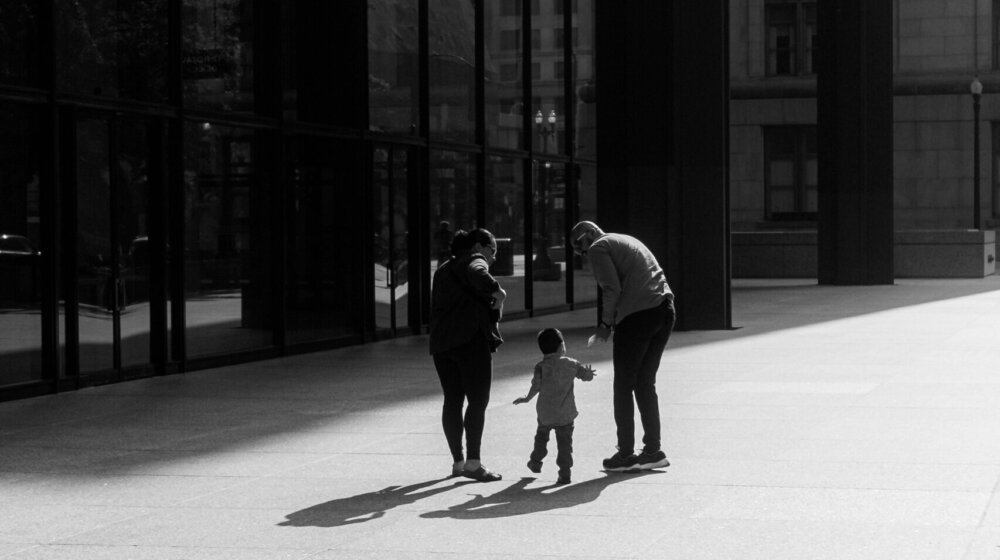
Quirks of the Residence Nil-Rate Band
Many clients wish to ensure they are able to take full advantage of the inheritance tax nil-rate band and the residence nil-rate band, so that maximum inheritance tax savings can be made on death.
The nil-rate band, available to all, is currently £325,000 and will remain at that level until at least 5 April 2028.
For homeowners with families there is an additional IHT allowance – the “residence nil-rate band” (RNRB) of £175,000 which may be claimed on death provided the value of their home passes to lineal descendants and provided the estate is valued at under £2,000,000. Estates over £2,000,000 will see the RNRB tapered by £1 for every £2 over £2m so for an estate valued at £2,350,000 (or £2,700,000 for the second spouse to die) no RNRB will be available.
In the case of both allowances, if a married (or civil partnership) couple leaves all of their assets to their spouse on the first death, the unused allowances can generally be claimed on the second death, resulting in no tax on the first death and a total tax free amount of as much as £1m on the second death.
However, the interaction of the RNRBs of a married couple can be complex. Second marriages, estates where the first spouse wishes to leave assets on trust, and situations where a person dies without owning a home worth as much as the available RNRB all complicate this area of law and in some cases the timing of the various life events can affect the availability of the first spouse’s RNRB on the second death.
Death only: The RNRB can only be claimed on death, so it would not affect the tax payable on a lifetime gift into a trust, or an outright gift that you failed to survive by seven years.
Homeowners with children only: The RNRB can only be claimed in respect of the value of property passing to lineal descendants. The definition of lineal descendants is relatively broad, incorporating step children and foster children, but it does not include, for example, nieces and nephews. Neither can it be claimed in estates where the deceased did not own their own home. The fairness of this may be regarded by many as questionable.
Sufficient equity required: The RNRB can only apply to an estate where there is sufficient equity in the deceased’s residence to utilise it. An estate where the deceased’s property is subject to a charge (as may be the case if there was a discretionary trust created on the prior death of a spouse, constituted with an indexed charge over the property), may see some of the RNRB wasted, if the equity in the property is less than £350,000.
Trusts and lineal descendants: A married couple who have children from previous relationships will often wish to leave their assets to one another on the first death and then to their respective children on the second death. This is commonly achieved by creating a life interest trust under the Will of the first to die (A), so that the surviving spouse (B) may continue to live in the home and receive income from investments until their death. On B’s subsequent death, A’s share of the capital will pass to the children of A. No inheritance tax is payable on the death of A due to the spouse exemption. On the death of B two RNRBs will be available, and HMRC confirm that whilst the “lineal descendants” must be lineal descendants of B, step-children (ie A’s children) are included. These trusts can therefore enable both RNRBs to be claimed on the second death provided the other requirements are met. Assets left on discretionary trusts do not automatically meet the requirement for lineal descendants inheriting. Extra steps may therefore be needed in order to get the benefit of the RNRBs.
Downsizing relief: Many clients downsize their home in the later years of their life, for convenience or to fund the costs of care. It is possible in many cases to offset the available RNRB against the value of the former home, if that value is still in the estate, with a downsizing relief claim. However, the possibility of also using the RNRB of a pre-deceased spouse is only available if the downsizing took place after 6 April 2017, due to the way the legislation works.
This area of law is complex, and we may be forgiven for thinking it would have been simpler to increase the nil-rate band for everyone to £500,000. However, RNRB is here to stay, at least for the moment, and clients should take advice on the applicability of the threshold to their particular circumstances.
Our dedicated Private Client team are on hand should you have any queries in relation to anything raised in this article. Rachel Giles is a solicitor in our Private Client team, based in Harpenden, if you would like to reach out to Rachel to discuss your own circumstances, you can email her here or call her on 01582 765111.
Disclaimer: General Information Provided Only
Please note that the contents of this article are intended solely for general information purposes and should not be considered as legal advice. We cannot be held responsible for any loss resulting from actions or inactions taken based on this article.
Insights
Latest Insights



Request a call back
We’ll arrange a no-obligation call back at a time to suit you.

